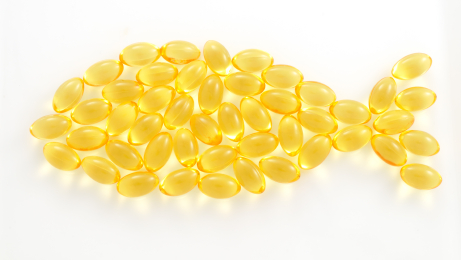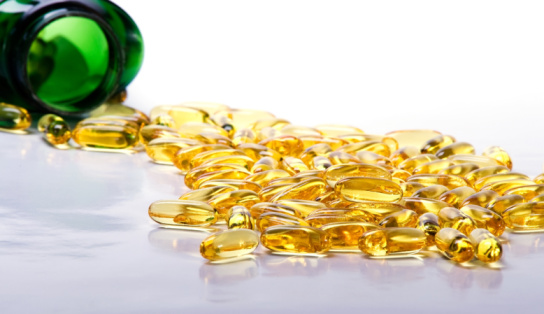
by admin | Jul 30, 2013 | Exercise
Aging is associated with many physical changes. One of the most obvious and preventable changes is the loss of muscle mass and strength. The medical term for this process is sarcopenia, from the Greek meaning of “poverty of flesh.” Sarcopenia is to our muscle mass...

by admin | Jul 30, 2013 | Natural Facts
Introduction Addiction is linked to activity within a special area deep in the center of the brain known the nucleus accumbens. Sometimes called the brain’s “pleasure center”, this cluster of brain cells modulates the effects of the neurotransmitter dopamine – the key...

by admin | Jul 24, 2013 | Healing Food Facts
Turnips, as well as cabbage and broccoli, are a member of the cruciferous vegetable family. Cultivated over 4,000 years ago in Asia, turnips increased in popularity throughout Medieval Europe, until the more popular potato was introduced in the 18th century. Turnips...

by admin | Jul 23, 2013 | Natural Facts
Introduction: The recent controversial study on omega-3 fatty acids and prostate cancer risk (click here to read my comments) has led to a lot of questions about the effects of omega-3 fatty acids in breast cancer and other health conditions. While the total level of...

by admin | Jul 23, 2013 | Natural Facts
On July 10, 2013, the media jumped on news that too much fish oil might boost prostate cancer risk. As someone who has studied the many benefits of fish oil for many years, my alarm bells went off. The story seemed, well, fishy to me. So I did what a good scientist...








